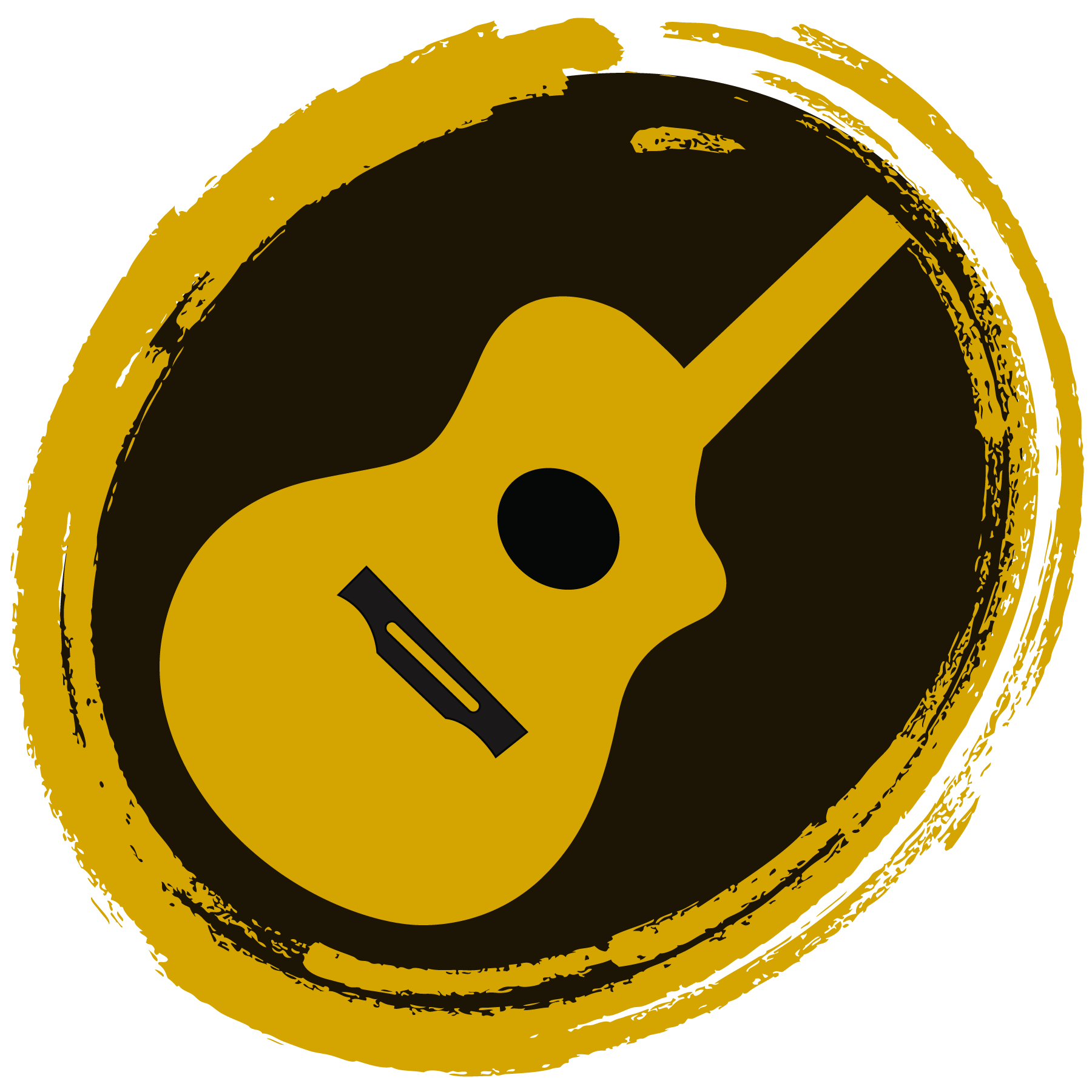Hi, I’m a beginner who just started learning the F barre chord.
I can’t get string 1 and 2 to ring clearly without applying insane force. Hmm I guess I have to just keep practicing until I can make it ring clearly without much effort.
How was your F barre chord journey? I’m sure experienced players here can enlighten my path.
You’ll get stronger and more efficient with practice. Keep it up!
I wish I knew at the time that a good amount of pressure should come from pulling back at the shoulder of the fretting arm, bracing the guitar body with your strumming arm chicken wing. You can practice this by fretting the F without your thumb on the back.
Also, you could try to play the A barre chord at the 5th fret with the same shape as the F barre on the first fret. Will help build some strength
Gets a little easier, but I still have to concentrate to make it sound clear to this day (20+ years later), but its much easier on the electric than on the classical guitar I learned on.
I’m a couple years into my acoustic guitar journey and it’s still very much a stickler for me.
Something that massively helped was a friend mentioning I should make sure my guitar was “set up”. I took it into a guitar shop and asked and it turns out that on brand new guitars there are often some small adjustments to the neck, bridges and frets that can really improve how hard you have to press for the note. Guitars may warp slightly over time as well depending on their storage, climate etc… so sometimes tweaking can be needed later in it’s life. And some people prefer certain tweaks, lower versus higher action. So even if you guitar isn’t new it might still need some tweaking for you.
I’d never heard anyone mention it before my friend did (and not much since) and it made a big difference in my case. I went from slightly dreading my practice sessions to feeling much more enthusiastic. It was just that much easier to play. Might be worth asking about. No idea if it really applies on electric if that’s what you’re playing.
Best of luck, I’ve had a fun ride so far and I hope yours is too!
It’s a pain in the ass for sure. I got a lot better by playing F# or G cleanly and easily then transitioning down to F. I did a few strums on each back and forth while watching TV. After doing that for a few weeks I was able to play F much better.
I still flub it if I haven’t played it for too long but it comes back fairly quickly.
i avoided playing songs with it but then i saw taylor swift play the ““cheater”” version (x33210) and now enjoy playing the chord
I believe the cheaty version is either (x3321x) or (x33211) or else you’re throwing a maj 7th on there.
Found it much easier than B minor, once I cracked that I would say I was able to play guitar. Good luck!
I practiced my f barre for a few months and it was so difficult that I took a break from guitar for a while. Then I played it on someone else’s guitar and it was easy.
That’s how I learned the action on my guitar was too high. A setup by a luthier fixed that.
My broken truss rod might actually be a problem…
It’s still pain to do it sometimes, specially on a classical guitar, but it’s easier than Bb/A# for me
I put my hand in position adjusting until all the strings rang and held it for 30 seconds at a time making sure the strings kept ringing true throughout the exercise. Then practiced jumping from other chords with a metronome faster and faster until it just became another chord.
It’s more of a muscle memory and tendon strength thing and tendons take a lot longer to strengthen than muscles.
It gets easier. For me the correct positioning of the thumb on (back of) the neck reduced the needed force drastically.
Everyone feels this way. For me, positioning my thumb and holding the guitar neck closer to 45 degrees made this cord (and almost everything else) much easier. When you are struggling, it can also mean that your hand muscles are getting tired. Take a break and come back to build up strength.
Your action is likely really high if you find you need to apply a lot of force. You can always practice barre chords higher on the neck too. There’s less resistance higher up.
The slight roll to your finger that others have mentioned sounds like pretty good advice to me. I’d also try playing songs that you are already comfortable with in a barred position. For example, playing a classic I-IV-V progression (like G, C, & D or A, D, & E) at the 3rd and 5th fret. There is much less resistance at that part of the neck, and it pulls your hand in closer which can straighten our the muscles in your arm a bit if you have a smaller frame; this makes for less stress for your muscles across your list and the base of your thumb. So, while you develop the technique with less factors fighting against you, you can focus just on that technique, and not on learning a new song, or really feeling like you are having to work on something completely new - just different - which can make for a better mindset as well.
If your nut is a bit high, try putting a capo on the first fret and play everything the same, but a key lower.
Also advice from Marty Schwartz is to stop avoiding songs with F. Just play them with a poor F. They will start to clear up. F is hard to practice on its own because you use too much pressure at first and it tires your hand out quickly.



